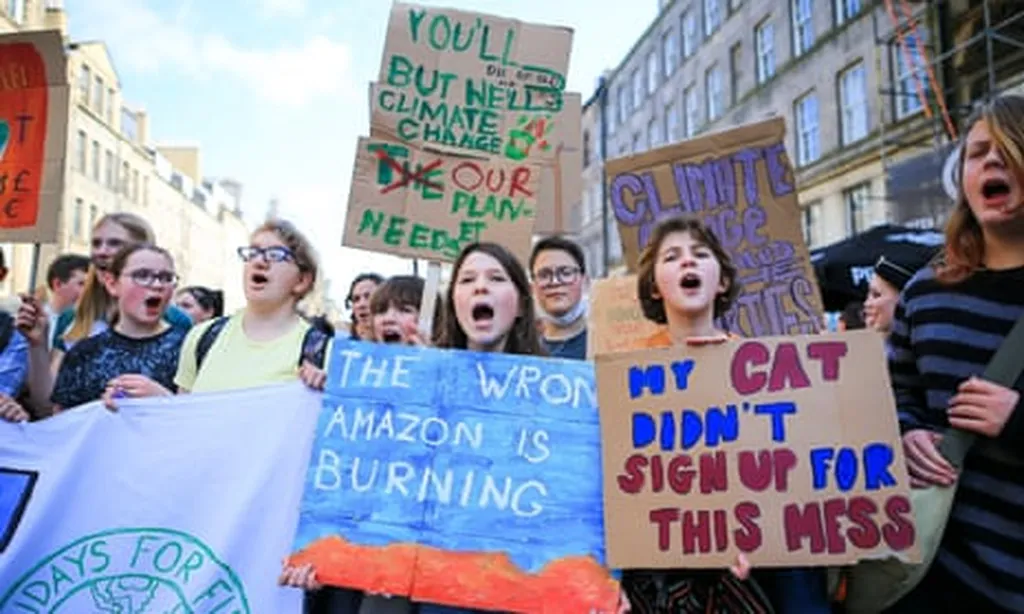In the vast and diverse landscapes of rural Iran, a silent revolution is taking place—not in the fields, but on the plates of its inhabitants. A recent study, led by M. Shabanzadeh-Khoshrody from the Agricultural Planning, Economics and Rural Development Research Institute (APERDRI) in Tehran, has peeled back the layers of food consumption patterns in these areas, revealing a complex tapestry of dietary habits that could reshape the way we think about food security and public health.
The research, published in the Journal of Agricultural Economics and Development (مجله اقتصاد و توسعه کشاورزی), paints a vivid picture of the current state of affairs. It turns out that cereals are the undisputed kings of the rural Iranian diet, making up a staggering 60% of an adult’s daily calorie intake. This is a significant deviation from the global average, where cereals typically account for around 50% of daily calories, with variations depending on a country’s income level.
But here’s where things get interesting. The study found that the current dietary pattern in rural areas of Iran is not necessarily aligned with the standard dietary pattern. In fact, it’s 28.4% lower in terms of food items and 16% lower in terms of energy requirements. “We found that the consumption of bread was more than the recommended level, while the share of dairy products, fruits, and red meat was significantly lower than the recommended amount,” Shabanzadeh-Khoshrody explained.
This discrepancy is not uniform across the country. Some provinces, like Chaharmahal and Bakhtiari, Markazi, Isfahan, Hamedan, Zanjan, and Mazandaran, have dietary patterns that meet the standard. However, others, such as Hormozgan, Semnan, Kerman, North Khorasan, Ilam, and Sistan-Baluchestan, fall short.
The study used advanced statistical tools like the TOPSIS method and k-means clustering technique to analyze the data. It revealed a heterogeneous consumption pattern dominated by five types of behavioral patterns. Interestingly, the study found no significant effect between consumption pattern and geographical distribution, suggesting that other factors are at play.
So, what does this mean for the future? The study suggests that a comprehensive plan is needed to address the undesirable consequences of calorie shortage and non-standard consumption patterns. This could involve supportive policies, public awareness campaigns, sustainable agriculture practices, and educational programs about nutrition and market access.
From a commercial perspective, these findings could have significant implications for the energy sector. As the study points out, nutrition in rural regions is influenced by a complex interplay of economic, regional, social, cultural, and individual factors. Addressing these interconnected elements could open up new avenues for investment and innovation in sustainable agriculture and food production.
In the words of Shabanzadeh-Khoshrody, “Improving dietary health necessitates addressing these interconnected elements.” And as we look to the future, it’s clear that the plates of rural Iran could hold the key to unlocking a healthier, more sustainable future for all.

